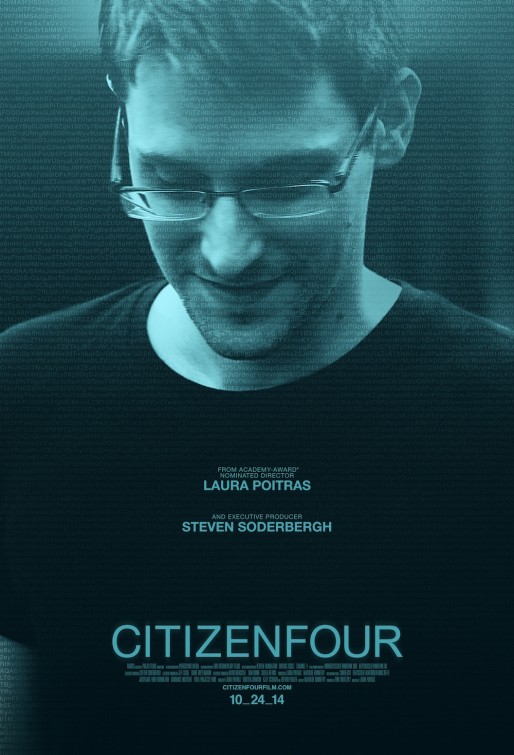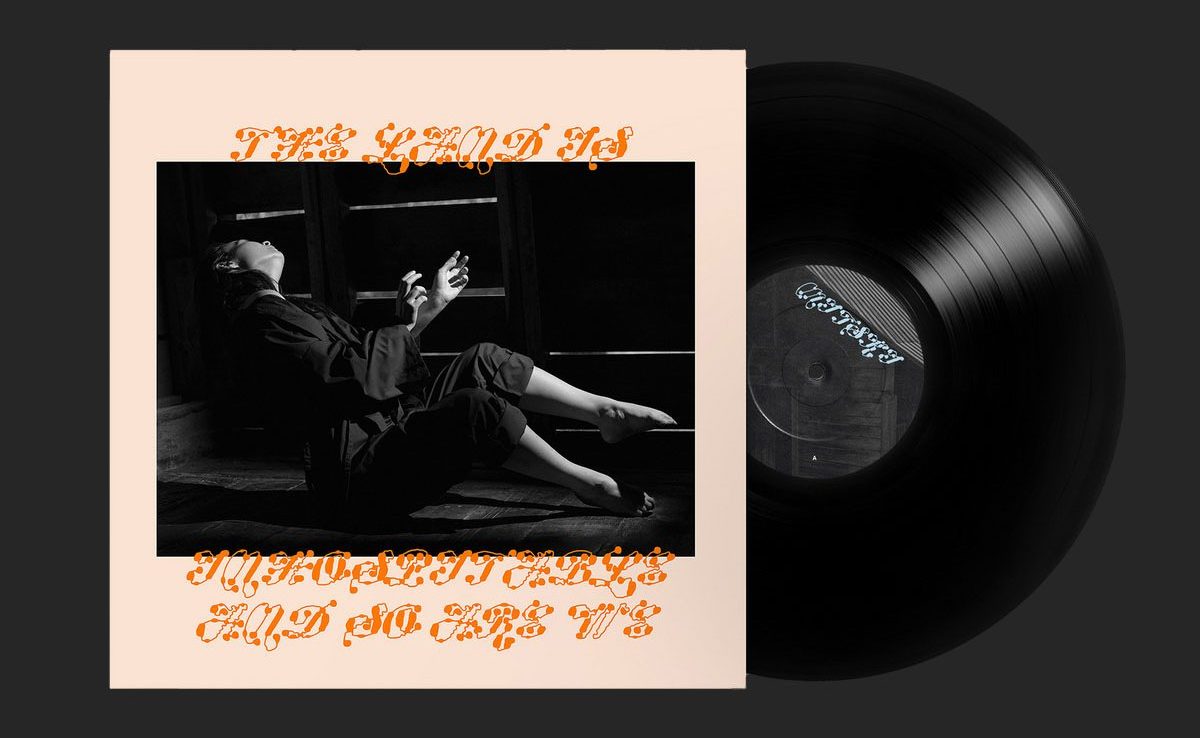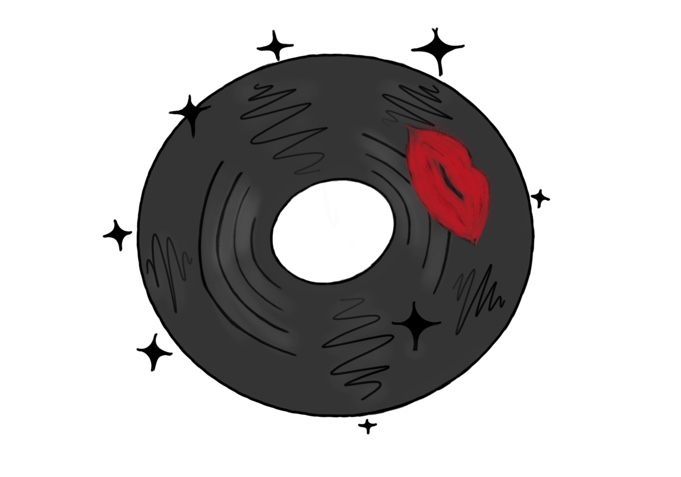Edward Snowden. It’s been a while since the name has been in the mainstream media. After a couple minutes of thinking about it or maybe Googling the name, the biggest story of 2013 becomes fresh again. After all, his story applies to anybody who makes contact with anything American.
Citizenfour is a chilling documentary that reveals how the public learned of Snowden’s monumental discovery about how the NSA intrudes on virtually every aspect of anyone’s life that the organization chooses. As stated in the film, such invasion is much more than about simple privacy; it’s about maintaining the freedom of America’s foundation.
Snowden anonymously released information about the NSA secretly invading more than 1.25 million people’s personal lives on WikiLeaks last year. He received the information while working with top-secret NSA files and decided it would be unethical not to let the American public know.
The film focuses on the interactions between Snowden and reporter Glenn Greenwald, who released the information Snowden gave him and distributed it to the general public. This general theme allows for viewers to gain more knowledge on the politics of how Snowden’s information was released.
Citizenfour’s superb editing allows the audience to feel like they’re in the rooms Greenwald was interviewing Snowden in, while simultaneously giving viewers background information. This assists the audience to keep entertained with the two hour long film, and realize how personal the information Snowden is revealing truly is to the viewer.
Typically, documentaries consist of old footage that the makers of the movies didn’t film themselves. However, because Citizenfour was filmed by its director and producer Laura Poitras while the action was happening, the film is all original content, excluding the snippets of news broadcasts made immediately after Greenwald and Snowden decided what Greenwald would tell the media, thereby making the film all the more organic.
To provide background information and act as transitions between filming with Snowden and Greenwald inside various hotel rooms, a black screen with white ‘80s-style computer text shows up. This text would either form the highly-protected Internet chats between Snowden and Poitras or reveal the content of letters Snowden sent to her, giving the audience a sense of, “Oh my God, I shouldn’t be seeing this, who else knows about this movie?”
Citizenfour reveals who Edward Snowden really is, in both his personality and ethics. Before this came out, all the general public really had to go on was that a guy who had access to government information released it. Not many knew his true intents and purposes for revealing the shocking contents of NSA files. As far as Citizenfour shows, Snowden is painted as a person who isn’t a terrorist; just a guy who did what he felt was necessary.
The overall tone of the film matched the contents: dark, and inducing paranoia. Because of how its content directly affects them, Citizenfour forces its audience to think about how they should react to Snowden, and decide for themselves if he is, in fact, a whistleblower, or a traitor to America.
By Emily Untershutz
Photo used under Fair Use Copyright Laws.
Categories:
‘Citizenfour’ offers unique take on controversial figure
October 24, 2014
0
More to Discover

















































































